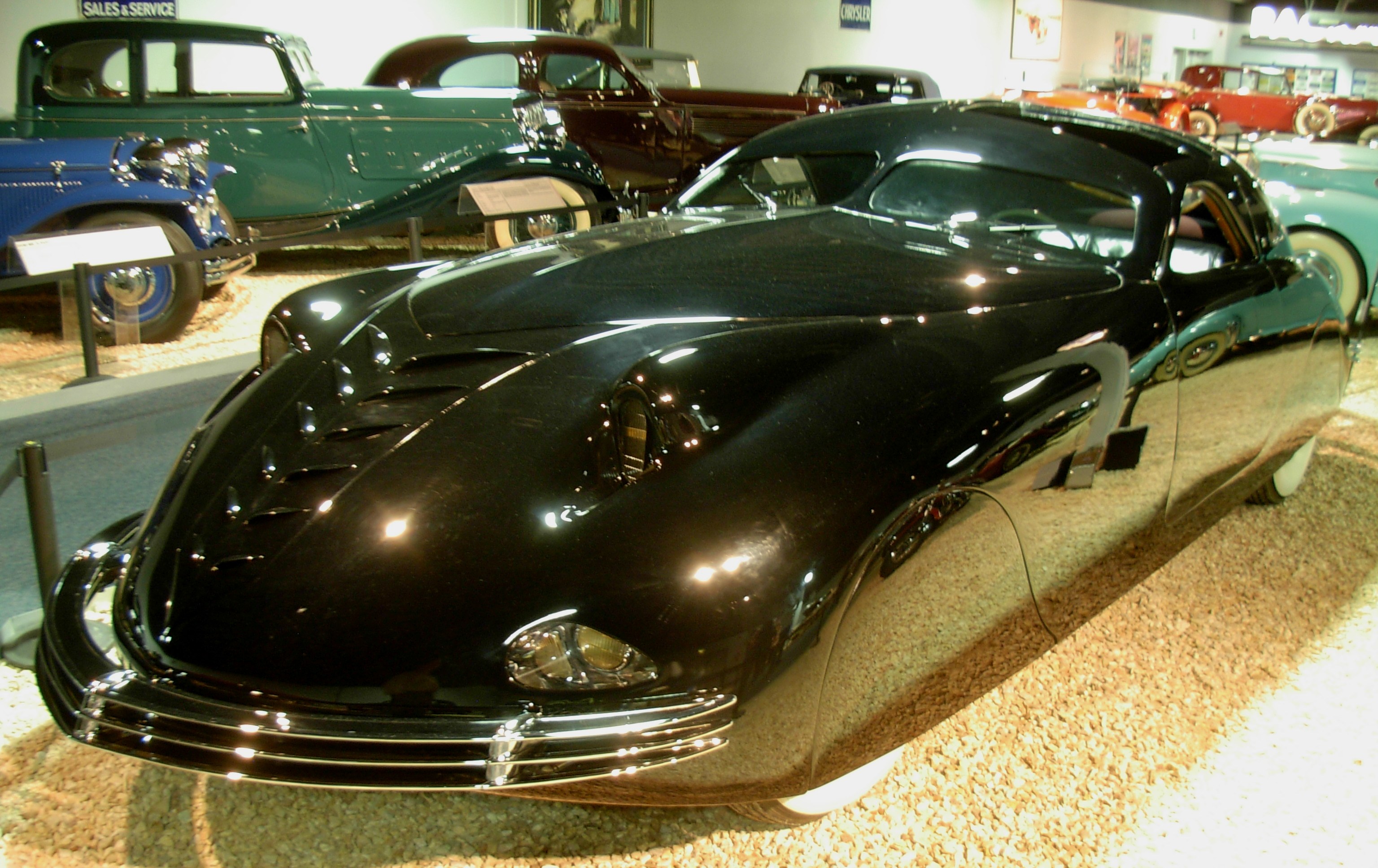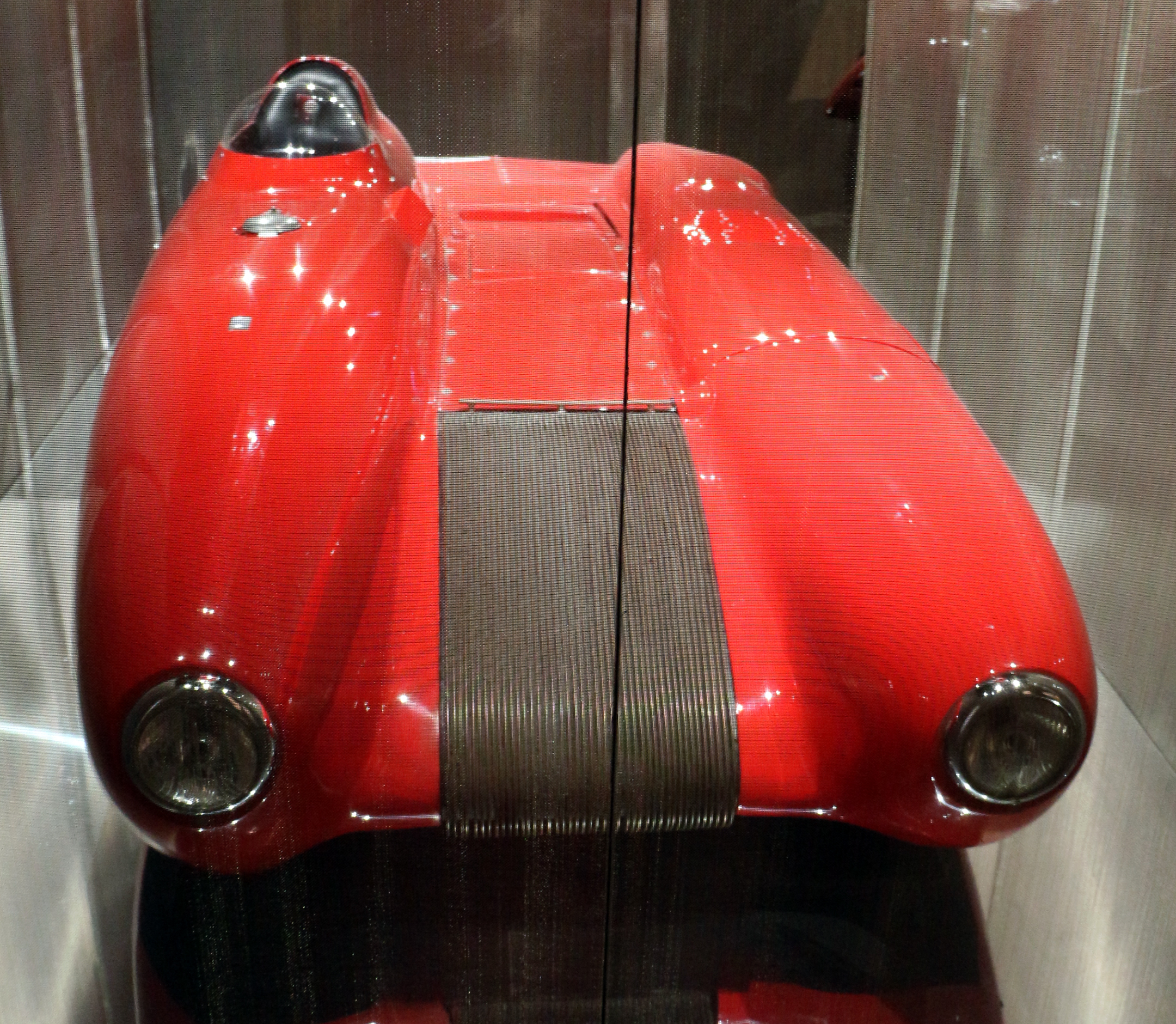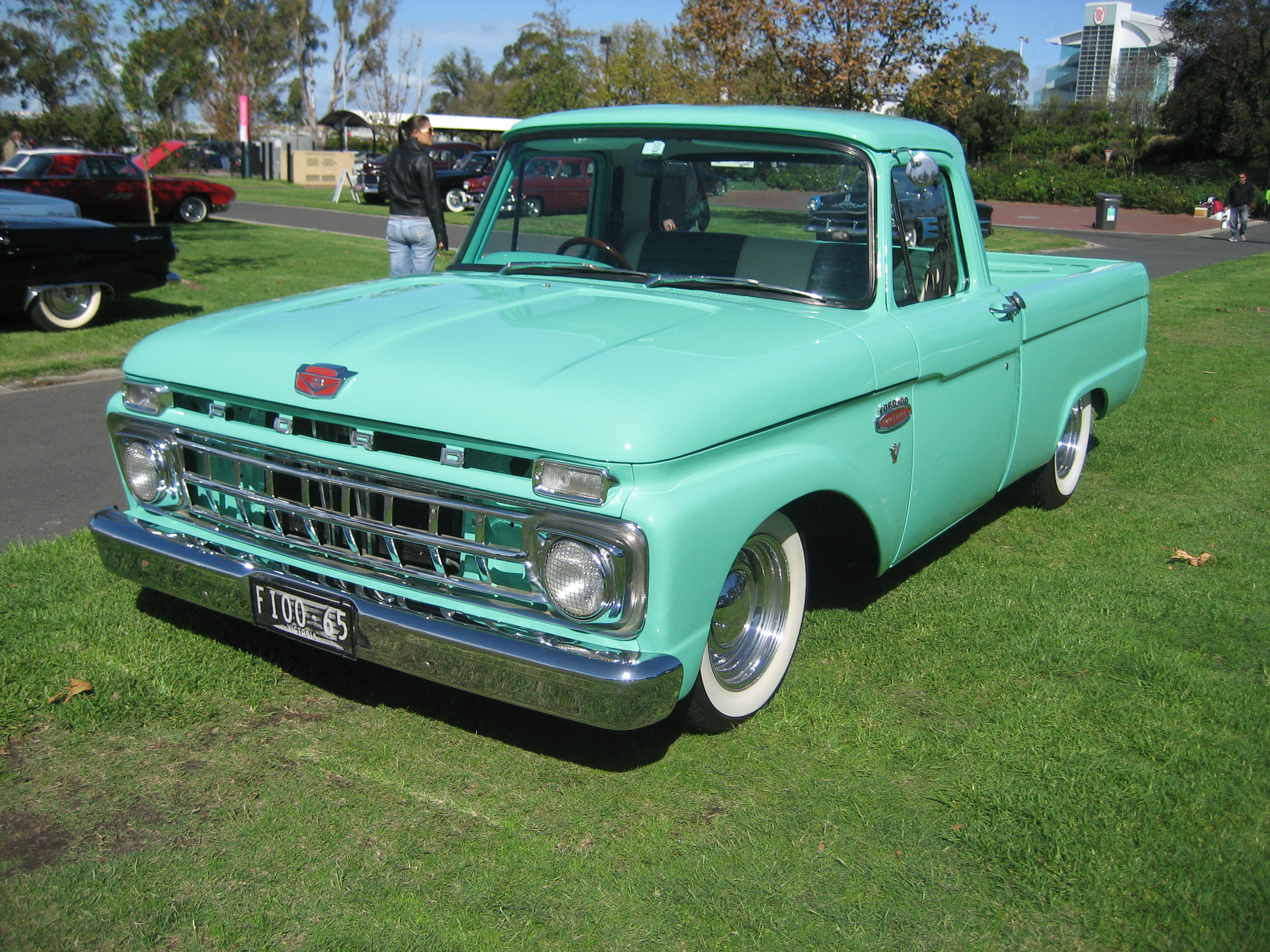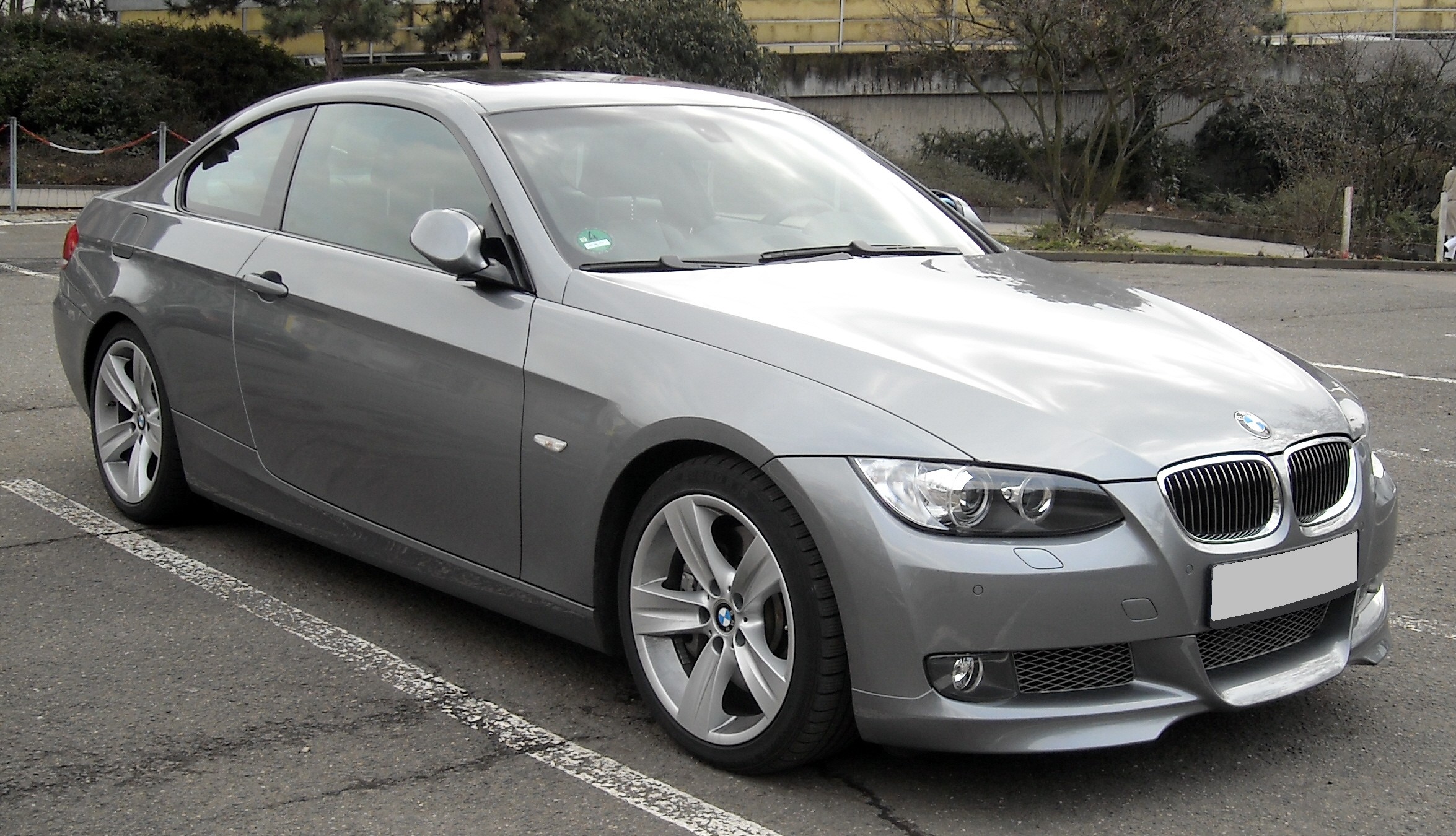Revving Up Dreams: 16 Concept Cars That Never Made It to Market

Concept cars epitomize the zenith of automotive innovation and creativity, captivating both enthusiasts and the broader public. These vehicles serve as dynamic representations of the industry’s design capabilities, unveiling distinct styling and engineering elements that frequently influence future production models. The palpable excitement surrounding concept cars, particularly at auto shows, transforms them into compelling spectacles that draw crowds and ignite imaginations, solidifying their status as the dazzling highlights of the automotive landscape.

1. **Phantom Corsair (1938)**: This stunning creation made its debut in the film “Young At Heart” and had a production cost of $24,000. Designed by Rust Heinz, it featured futuristic styling with a low profile and sleek black paint. The Corsair could reach impressive speeds of up to 115 miles per hour thanks to its aerodynamic shape and a capable Lycoming V8 engine. Plus, it came equipped with beverage cabinets, ensuring passengers stayed refreshed while cruising in style.

2. **Alfa Romeo BAT 5 (1953)**: Unveiled at the Turin Auto Show with a staggering production cost of $5 million, the BAT 5 was part of a trio of cars designed with aerodynamics in mind. Its sleek, bullet-like shape was not only visually striking but functional, allowing it to reach speeds of 120 miles per hour. Weighing in at just 2,400 pounds, this Italian beauty captured the essence of performance and design.

3. **Chevrolet Astro III (1969)**: The Astro III debuted at the Chicago Motor Show and had a unique hybrid design reminiscent of an aircraft. With a gas turbine engine that produced 317 horsepower, this three-wheeled vehicle was built for high-performance driving on restricted highways. Unfortunately, it remained an experimental project without mass production.

4. **Nissan Pivo (2005)**: Showcased at the Tokyo Motor Show, the Pivo was a cutting-edge electric vehicle powered by lithium-ion batteries. Its standout feature was the ability to rotate 360 degrees, making parking a breeze. With a focus on environmental conservation, this innovative concept was a glimpse into the future of urban mobility.

5. **Bisiluro Damolnar (1955)**: This concept car made its mark at the 24 Hours of Le Mans, presenting a quirky yet striking design with an oval-shaped steering wheel and twin-boom structure. Conceptualized by racer Enrico Nardi, it utilized a BMW-tuned engine and weighed under 1,000 pounds. Although light and unique in appearance, the vehicle was deemed unsuitable for conventional roads, highlighting the audacity of automotive design in the mid-20th century.

6. **Buick Y-Job (1938)**: Considered the first concept car, the Buick Y-Job was designed by Harley Earl. With a production cost of $109,000, it featured elegant design elements like hidden headlamps and electric windows that were revolutionary for its time. The Y-Job showcased a vision of the future that many car manufacturers would later adopt.
7. **Frisky Family Three (1959)**: This compact, three-wheeled car designed by Giovanni Michelotti was a quirky entry into the automotive landscape. With a modest production cost of $400, it was produced in England and capable of being driven with just a motorcycle license. Despite its adorable design, it was never mass-produced and remains a charming footnote in automotive history.

8. **Dymaxion (1933)**: The Dymaxion was an ambitious concept introduced at the Chicago World’s Fair. Designed by Bucky Fuller, it was intended to be a vehicle that could both drive and fly. The Dymaxion’s unique design and visionary concept made it a remarkable piece of automotive artistry, though it never achieved commercial success.

9. **Peugeot Moovie (2005)**: Debuting at the Frankfurt Motor Show, the Moovie was designed by Andre Costa and focused on environmental friendliness. Weighing just 1,102 pounds, this two-passenger vehicle embodied compact efficiency and innovation in automotive design. Unfortunately, it never transitioned from concept to reality.

10. **Ford X2000 (1958)**: The Ford X2000 represented a glimpse into the future of automotive design. With an ultra-aerodynamic look and innovative features, it was showcased at the Ford Rotunda. Despite its forward-thinking design, the X2000 never made it to the production line, remaining a mere vision of what could have been.

11. **Lincoln Futura (1955)**: The Lincoln Futura was a standout concept that debuted at the Chicago Auto Show and showcased a futuristic design with a plastic clear canopy top, large headlight pods, and tailfins. With a production cost of $250,000 (equivalent to around $2.4 million today), it became an icon when customized into the Batmobile for the 1966 television series. The Futura not only dazzled on stage but also paved the way for pop culture references in automotive design.

12. **Dodge Deora (1965)**: Initially based on a 1965 A100 Dodge pickup truck, the Dodge Deora debuted at the 1967 Detroit Autorama with a stylish design that earned it nine awards, including the prestigious Ridler Award. Designed by brothers Mike and Larry Alexander and by Harry Bradley, the Deora featured a 101 horsepower engine and three-speed manual transmission. Its success was so significant that it eventually inspired a Hot Wheels version, immortalizing its unique design in toy history.

13. **Ferrari 512S Modulo (1970)**: Debuting at the Geneva Motor Show, the Modulo was designed by Paolo Martin and featured a stunning canopy roof. With a V12 engine capable of 550 horsepower, it could reach speeds of 220 miles per hour. While it achieved fame, it never saw mass production.

14. **Plymouth XNR (1960)**: This stylish roadster, designed by Virgil Exner, was conceived to compete with the Corvette. With a powerful inline-six engine and sleek design, the XNR was a standout at the Concours d’Elegance but was too costly for production.

15. **BMW LOVOS (2009)**: This concept car was a student project that transformed into a publicized design. Featuring 260 photovoltaic plates, the LOVOS aimed to harness solar energy while making a statement in design. Although unique, it never became a production model.
16. **Ford Gyron (1954)**: Making its debut at the Detroit Motor Show, the Ford Gyron was an unusual two-wheeled concept that captured imaginations with its gyroscopic systems. Designed by Syd Mead and Alex Tremulis, it utilized innovative concepts from Louis Brennan’s theories. When stationary, the Gyron displayed two small legs for stability, showcasing a striking design that was purely for marketing purposes, with no intention for production.

The realm of concept cars represents a dynamic fusion of creativity, technological advancement, and visionary aspirations. These vehicles, frequently confined to the imaginative sphere, provoke a reevaluation of automotive potential, urging the industry to transcend conventional boundaries. Each design, regardless of its fate in production, embodies a spirit of exploration and encapsulates the promise of innovation, underscoring the notion that the pursuit of automotive excellence is as thrilling as the achievements it may yield.
Related posts:
SOME OF THE COOLEST CONCEPT CARS FROM THE 30S TO THE 60S
The 6 Most Impressive Super Car Concepts That Were Never Actually Produced
Concept car
Discover more from Auto Travel World
Subscribe to get the latest posts sent to your email.












